Has live music photography lost its edge?
Are the ever tightening rules and restrictions that photographers face impacting the creative future of music photography?

Believe it or not live music photography and specifically shooting it wasn’t always as sought after as it is today. Like everything in the world, the documentation of live music had to start somewhere with someone, and what better time for it to really take off than in the 70’s and capturing the birth of rock and roll. In the great era of The Rolling Stones, David Bowie, The Ramones, Queen etc, there has been so many iconic shots over the years that truly portray the reality of the rock ‘n’ roll lifestyle that completely took over at the time.
But over the years we seem to have lost a sense of that raw, gritty reality in photographs, we don’t particularly get to see the chaotic sometimes unbecoming side of musicians today. There is a level of professionalism that is expected of artists, and photographers, they need to be shown in a sort of perfect light. But of course, this presents a creative barrier for photographers, their job and interest are to capture a moment, to share a story through an image, and it has proven to become much more difficult to do so as the years have gone by.
Photography has massively grown in popularity since the 70’s due to how advanced and accessible cameras, phones and equipment are nowadays. Especially with social media, the demand for live music photography has skyrocketed, and the because of the sheer amount of people trying to make a successful career out it today means there is some fierce competition. Because of this live music photographers now have to be the best of the best, music magazines, managers and PR want a specific type of image that will help promote an artist in the best way possible. However, this leaves a photographer very little room to experiment.
Photographers today face many obstacles that hinder their creativeness, for example getting close and personal access to a certain artist or band is near impossible, and if you are lucky enough to do so, usually through a publication hiring you, you won’t be the only one there, and you will most likely have to stick to a specific brief. You just don’t see the same edgy and fun images from rock gigs and the crazy after party’s today as we did 40/50 years ago. There are too many rules in place restricting photographers from getting up close and personal with musicians, and it’s a real shame to see the art of capturing a real moment in real time begin to die off, as the majority of music photographers now all churn out slightly different variations of the same thing. Nothing is new nor gripping to see anymore, every picture taken is for something else, whether it be for a specific magazine or for promotional purposes. It is very rare that photographers get to access all areas and shoot freely and intimately with an artist.
These ever-tightening rules don’t just pose a threat to a photographer’s true creativeness, but also to the artists on stage. For example, the iconic image we have all most likely seen of Jimi Hendrix lighting his guitar on fire in 1967, shot by Jim Marshall, just would not be allowed today quite obviously for health and safety reasons, but also images like these seem classic and symbolic to look back on, but it would be frowned upon today. The rock ‘n’ roll lifestyle isn’t what it used to be, that along with the documentation of it has been watered down massively to suit a societal standard, and restrictions such as the three-song rule, limited access and popularity of the job all tie into hindering live music photography from being as raw and creative as it once used to be.
Now for some of us we only have the photographs of those decades to compare to now, but a photographer who well and truly lived and documented it, is Brad Elterman. Now 64 years of age from California, United States, Brad has made quite a name for himself over the years as one of the most influential rock ‘n’ roll photographers of the era. Starting at what went on to be a wild career in capturing the explosion of the rock scene and lifestyle when he was only 19 years old, Brad always seemed to be in the right place at the right time.
In the iconic time of rock, punk rock and all the rest, Brad managed to get his foot in the door with everyone from Michael Jackson to the Sex Pistols, his extensive portfolio offers an intimate look into what some might call the ugly side of the sought-after lifestyle of many rock legends.
Shooting live music back then wasn’t a particularly popular career path which Brad had to his advantage, But he still wanted to be set apart from anyone else that was doing it. So instead of shooting all the glitz and glamor, Elterman decided to go down the more candid route and point his camera to what he thought was more interesting which was backstage and day to day life. Instead of waiting until a big show Brad photographed these Rockstar’s in their downtime, he liked to capture everything that went on behind the scenes as that is what was more fascinating to him.
It’s certainly not as easily done as that today, to get anywhere near that level of closeness with an artist you would need to have a pretty impressive portfolio with quite a few years of experience under your belt to get into the right places, but even then, it is near impossible to get anywhere close. “The music was young and fresh, and anything was possible most importantly we had incredible access to every artist working and living here which is nearly impossible today.”
There was little to no rules on how to shoot in the 70’s and 80’s, it was all still sort of new and if you had a camera and knew a few of the right people you could really create something special. But all is not lost today you can still very much do that to an extent, but to do what Brad did would take some real hard work and luck. “Back in the day I had hardly any competition and today we are flooded with imagery.” Things just aren’t done that way anymore, in the age of social media and how advanced our technology has become things have to be done differently but that doesn’t pose the greatest advantage to young photographers today.
"I wasn't a traditional rock 'n' roll photographer because I didn't give a shit about taking a photograph of someone holding a guitar. I photographed backstage." Brad’s photographs stood out from the rest because they were in his words “raw and underproduced”, he took his camera and he just shot what he saw, what was going on around him. He didn’t spend time staging a photograph or waiting for the right moment to snap the perfect shot, he just photographed everyone around him until he ran out of film. Then he processed them and sent them off to countless magazines to see if they would publish them.
Photographers today rarely get that level of freedom in live music to shoot what they want. They don’t have the time; they need to get the best shot they can and get them sent off/published as soon as possible in order to try and beat out the other 10+ photographers in the photo pit who all likely got very similar shots. For Brad his photographs were a rarity he would send off his images to magazines in Europe and Japan which would cost quite a bit and take days to reach the magazines, and then they would publish his images on full pages in their magazines, “now fast forward to today, it is not an expensive ordeal, click! Click! Click, upload them and a click of a button and they’re everywhere.”
Brad has published his own book ‘Like It Was Yesterday’, with a collection of incredibly iconic and raw images of legends such as Joan Jett, Michael Jackson, Joey Ramone, Frank Sinatra, and more.
“Brad’s photos provide a rare, often raunchy glimpse into a rock and roll history where it seems Brad is always at the right place at the right time, camera ready. There is even a photo of Dylan posing with a young Deniro at The Roxy in 1976! There might be a better chance of quadruplet albinos being born under a solar eclipse, than a cosmic opportunity like that happening again in a young photographer’s career.”
This book gives a small look into what life was like as a music photographer back in the 70’s and 80’s, the access Brad had to so many legendary rock stars and the freedom he got to shoot however he pleased is completely unheard of today. Photographers trying to make it today could only dream of the chances and opportunities that Brad Elterman got.
All Images by Brad Elterman
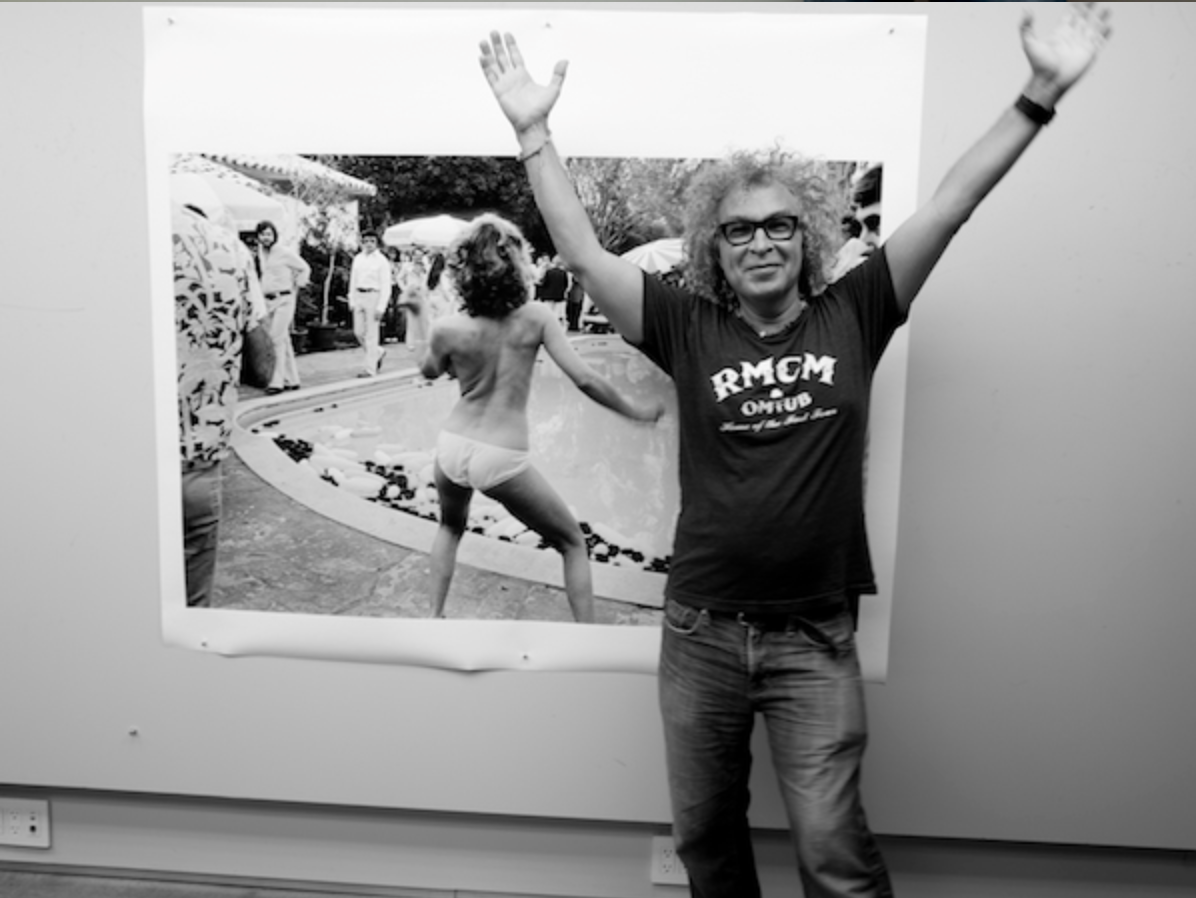
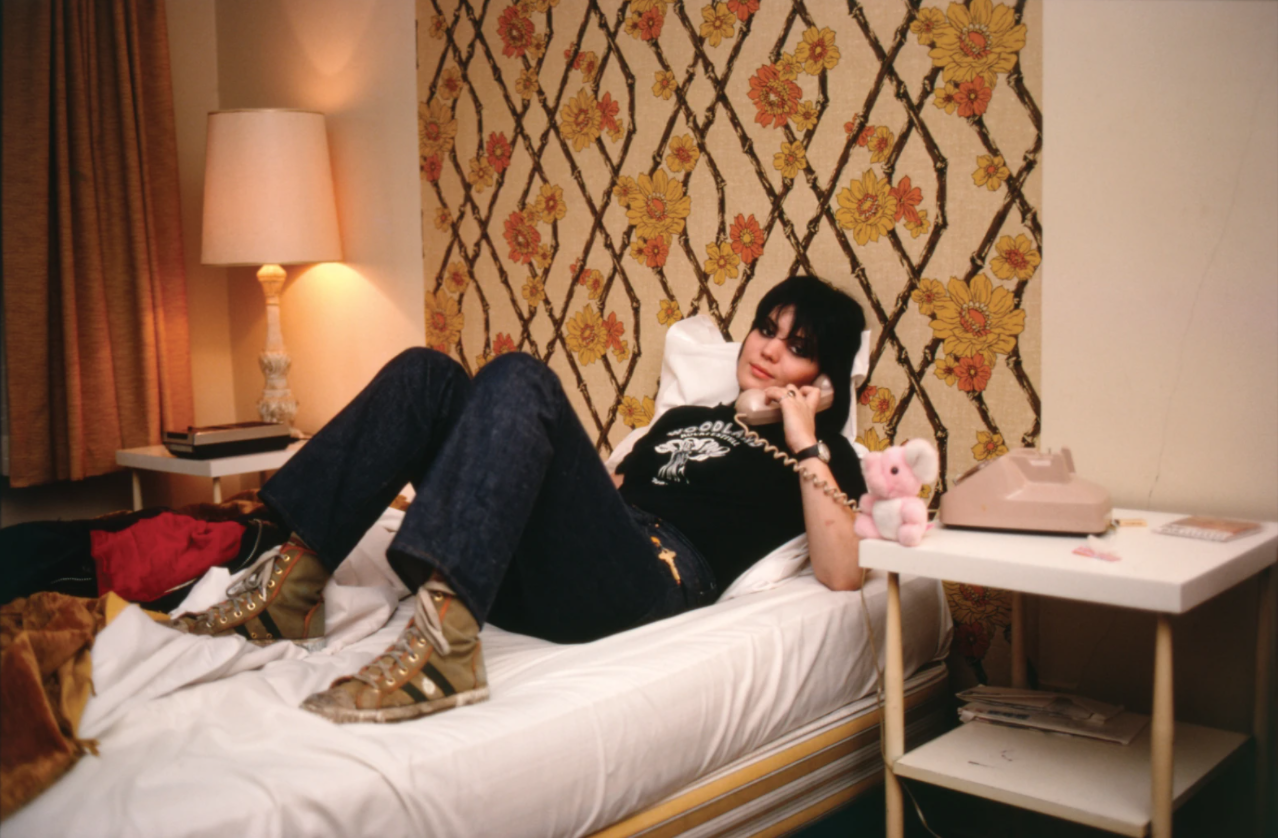
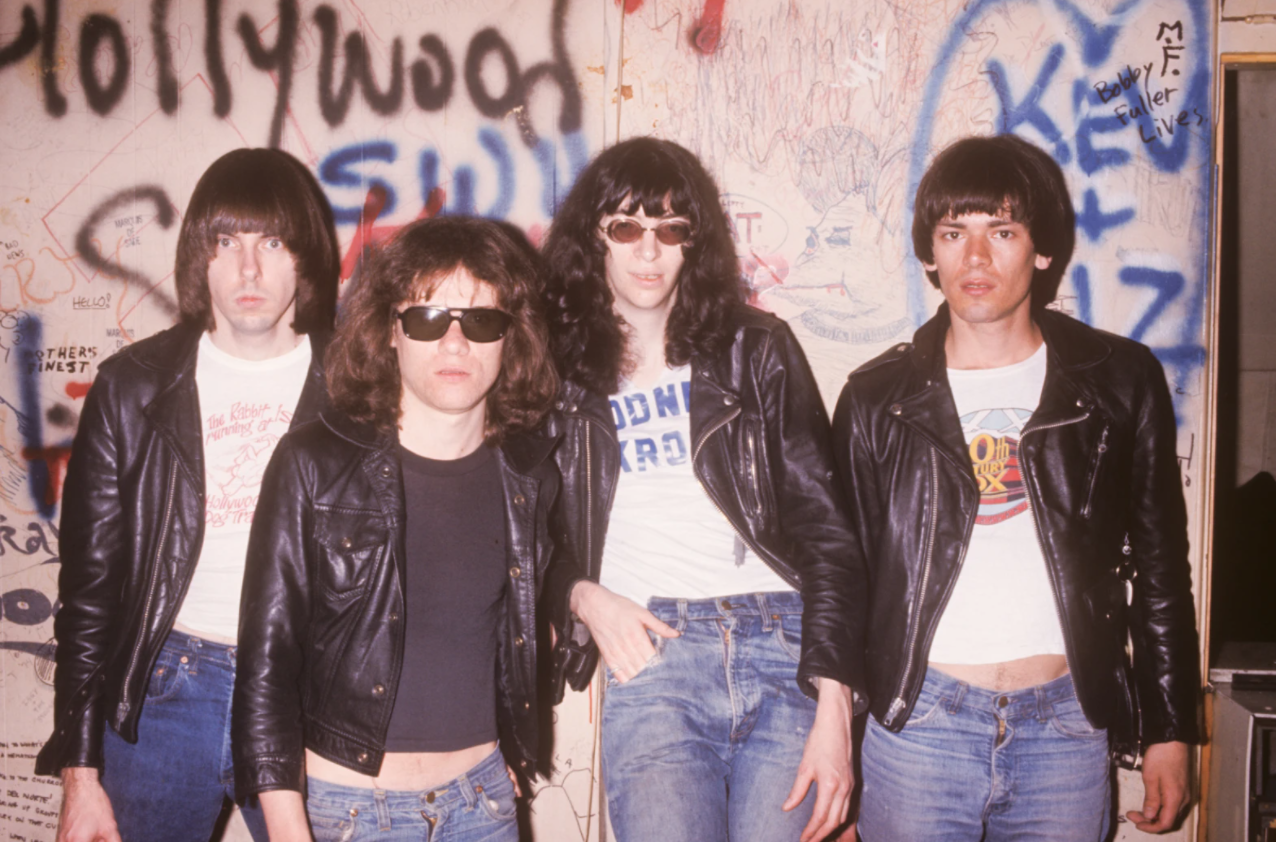
Interview by Tom Lee
All images by @polarisevisuals
Now we have already established some of the obstacles that young music photographers in todays era face, which all sounds extremely disheartening especially to any budding music photographers out there reading this, so here is an Interview from Tom Lee a 21-year-old music photographer from Manchester, giving some personal insight on the struggles he faces and how he thinks the industry as a whole hinders his creativity.
“You’re forced to shoot in the most normal and conventional way possible”
The pressure they are faced with to compete and be the best of the best out of everyone else, even though they’re in the exact same position at the exact same time is immense. Shooting live music, although like every job has its own stresses, it most importantly should be fun and exciting, you should be able to see a person’s individual creativity come through in their own images. But constantly having to work towards a specific industry standard means the images of these amazing events have started to become very plain and unoriginal.
The 3-song rule can vary at different shows, but for the most part it is a rule that photographers in the photo pit are only allowed to take pictures for the first 3 songs, after that they need to leave. There are a few reasons as to why this rule was brought in, in the first place, some say it’s so the photographers don’t distract the musicians, but many musicians have stated that it’s the venues doing, and some say it’s, so they don’t get in the way of the crowd. Every one of these reasons doesn’t seem to hold up to well, and although in some situations it might seem logical, overall, it proves to have a much more negative effect on the photographers themselves than to anyone else at a show.
How can we expect to see anything new and unique come from them when they are held back by so much? The iconic photographs we see and are drawn to from decades ago are so compelling because there was no rush, there was no right or wrong like there is today. Do all the raw unedited photographs from the rock ‘n’ roll era show the musicians in a bad light, or are they just real? Everything is staged now and timed just right in order to capture the ‘perfect shot’, will we ever get to a point where people finally get bored of seeing the same thing over and over again? Music photographers today can take a beautifully staged shot and make it look all nice and shiny, but could they master making the seemingly normal/gritty side of a musician look interesting and captivating given the chance?
Young photographers today only have experience in how things are done now, and they do an incredibly good job at it, with so much in their way blocking them from reaching their full creative potential, they still produce some amazing images, and although things were easier 40/50 years ago, the level of skill photographers have today with technology is unmatched and to compare although the 70’s and 80’s were iconic, photographers are doing all they can to put their own stamp on the industry today.
Tom is an incredibly talented photographer who works extremely hard despite the obstacles he faces, to have a look at his work check out his Instagram @polarisevisuals and see how he makes his work stand out from the rest.
This is Mick Rock, also known as ‘the man who shot the 70’s’. Mick Rock is one of the most prolific and legendary music photographers of our time. Currently 72 years old and living in New York, Mick was born and raised in London, he attended the University of Cambridge and graduated with a degree in medieval and modern languages. Mick’s career in photography began in the early 70’s when he started photographing the, then unknown David Bowie. His career sort of took off alongside David’s as they spent years together with Mick capturing Bowie’s road to stardom.
Mick has shot all the legends like Lou Reed, Blondie, The Sex Pistols, Iggy Pop, and so many more, and very similar to Brad Elterman, Mick always happened to be in the right place at the right time. Instead of looking at it as pure luck it is very clear that back then everything was a lot more relaxed it was probably a lot easier to bump into a Rockstar on the street and have a chat with them compared to today. Mick got a front row seat to the utter chaos that the explosion of the rock ‘n’ roll scene caused, and now has archives upon archives of bold images he shot at the time.
Mick very much threw himself into the lifestyle, living it up with the legends as he was becoming one himself. His photographs show the raw grittiness of it all, he wasn’t trying to make anyone look flattering he was photographing the real stories. “I’d spent a lot of time around that glam scene and the Ramones, I mean you know not the prettiest bunch alive, in fact they were at that moment in time you could probably have called them the ugliest band around”. His laidback, some might call it unprofessional approach to photography during this time is most likely what got him into places. He got access to back stages, hotel rooms, parties, the lot and to get that sort of access nowadays is unheard of, inviting a young lad with a camera to a rock bands after party today would be a PR nightmare. But back then people didn’t care, it was all so new and exciting, social media didn’t exist so what Mick was doing was fascinating to people his photographs gave people a real look into their hero’s lives which they had never seen before.
His extensive portfolio ranges from intimate hangouts with musicians to some of the most iconic album covers such as, Queen’s Bohemian Rhapsody, Ziggy Stardust by David Bowie and so many more. Mick’s photographs stand out because they aren’t just images of rock stars, these were Mick’s friends he was fortunate enough to have had the opportunity to hang out with these people and form close friendships with them, which show in his photographs because there is a level of trust there that you very rarely see today.
“I’m not a paparazzi but I just happened to be in this place at this moment, it’s a thing of Mick Jagger and Rod Stewart and Ronny Wood, it was raucous.” These are the kind of iconic photographs that made Mick stand, out he wasn’t afraid to shoot what he wanted, he shot the dirty moments and was proud of it. You just don’t see anything like it these days people have too much to lose now, if you get the chance to get intimate access to an artist, you’ll be told what you can and can’t shoot and what is allowed to be shown to the world.
SHOT! The Psycho Spiritual Mantra of Rock
This is a bio documentary showing all the glitz and gore of his career throughout the 70’s and 80’s. Mick gives a glimpse into what life was like as a rock ‘n’ roll photographer at the time, talking through some of his most iconic images and the crazy stories behind them. He talks a lot about luck “I did get lucky a lot didn’t I Lou, I got very lucky at times lets be honest”, and luck definitely plays its role but there was much more opportunity to be ‘lucky’ back then. There was no pressure on Mick to produce perfect photographs he had the freedom to mess around and shoot with 100% freedom, he got the chance to experiment with his camera and with interesting subjects which is so hard to come by now.
All images by Mick Rock and Nathalie Rock.
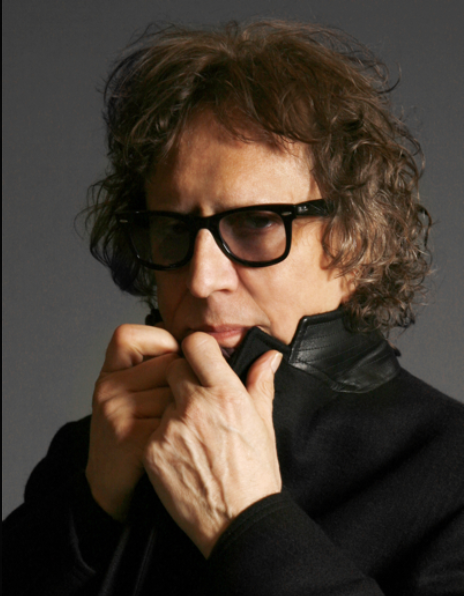
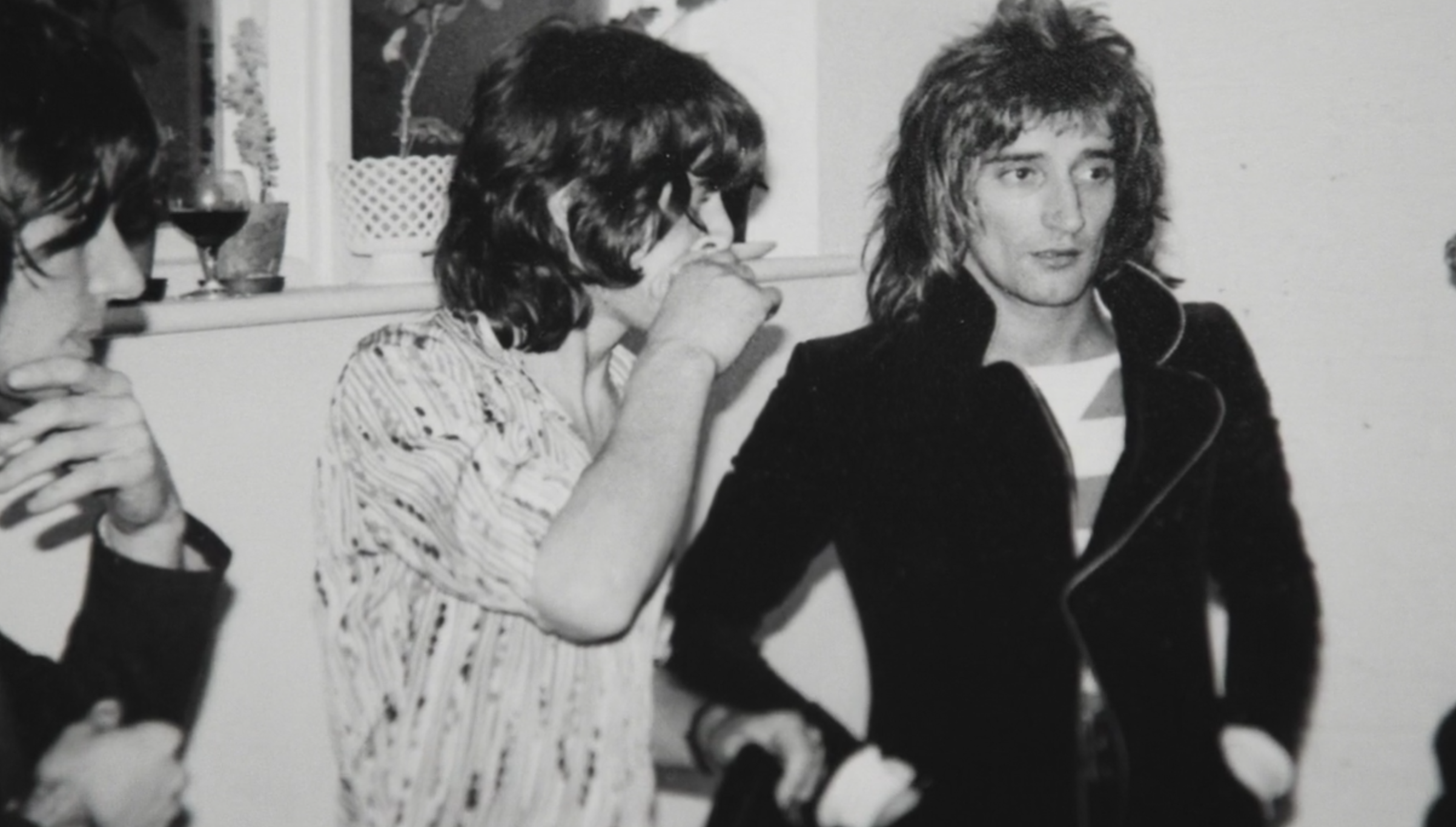
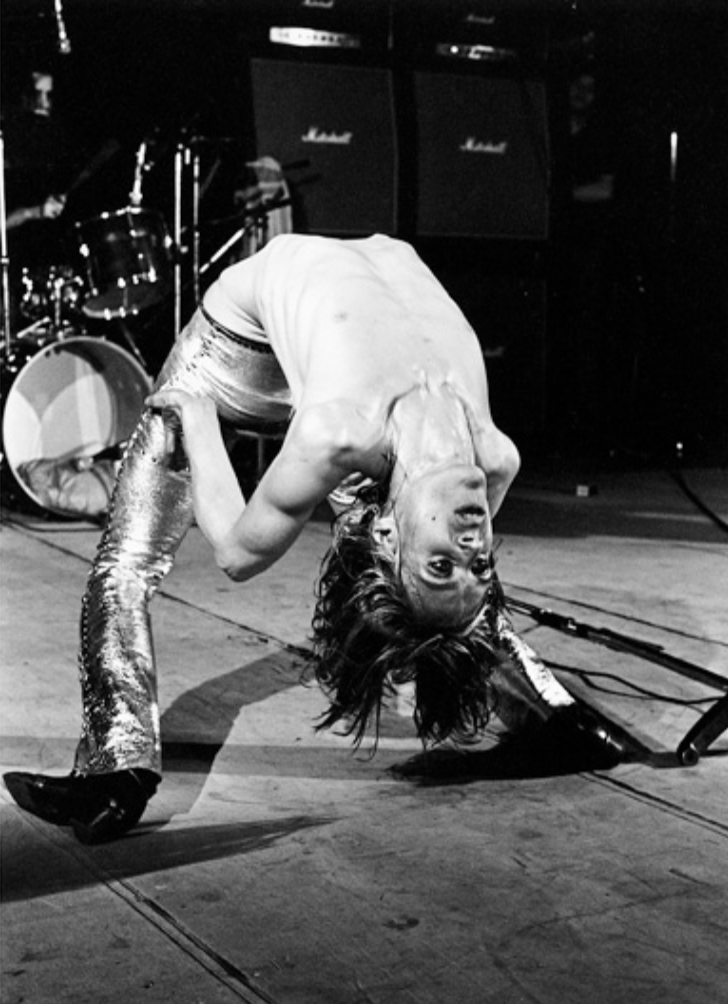
Would brad and mick have been as successful as they have been if they were young photographers today starting out? They had it all for themselves along with a few others, it was theirs to make what they wanted out of it and nobody told them how to do it. The 70’s n 80’s were so iconic because everything was all so new, rock ‘n’ roll took over and everyone was just along for the ride. Nobody knew where it was going or what was going to happen and that’s why the images now look so desirable.
The Opportunities that were there for photographers 40+ years ago are pretty much unheard of now, the level of access that they got to these rock stars to hang out and photograph, it was almost as if it wasn’t an actual job. The professionalism that we have and expect to see today just wasn’t there, and you can very much see that in the photographs, but that is what makes it all so raw and compelling. They photographed the real things, the dirty and sometimes frowned upon things, but that is what makes these musicians real, it gives them substance. And sadly, it’s something that we just really don’t get to see a lot of in music photography today, and it’s a real shame.
In the age of social media and the advancement of technology and camera phones, photography as a professional career is somewhat dying itself, the argument of, well everyone being a photographer because they can take high quality pictures on their phones and upload them for the world to see in seconds does threaten the future of photography as a serious career path. But photography is so much more than just snapping a quick picture and uploading it to Instagram, it is a creative skill that not everyone has.
But the music photography industry today is extremely competitive, shooting live music is the dream for some, but it seems that the art and skill of it has been somewhat ruined by the impossible rules that have been set in place, making it extremely difficult for people with a true passion for it to make a successful career out of it. The images we see from photographers nowadays from concerts, festivals, small gigs, and all the rest, are all very generic, they all have an extremely similar look to them. The software we have now allows photographers to fantastically edit their photographs in such a clean and new way, but this is where we begin to lose the truth behind an image, the story disappears, and the moment isn’t real anymore.
But maybe that is just the new normal, we have lost a sense of individual creativity in music photography, there is too much pressure on photographers trying to make it now that they are scared to experiment. Or they just don’t even have time to because they spend all their time trying to gain exclusive access to shows and artists. And if they ever do reach this point, they don’t want to risk their chance on trying to be new and creative. They shoot in the same way as everyone else because they know it works and it looks nice so trying anything new just isn’t an option.
And that’s the difference between these legendary rock photographers from the 70’s and 80’s to music photographers today. They weren’t afraid to take risks they got as stuck in as much as they possibly could and shot what they felt was right and interesting at the time. The freedom they had is what makes their images so great. And if only photographers hoping to make it in the industry today also had that level of freedom to experiment, especially with how advanced the cameras we have now are, they could be creating the most iconic photographs that Mick Rock and all the rest could only ever dream of.
Hopefully the music business can see and start to appreciate just how important photographers are. Music is something we all enjoy, and we all particularly love to look back on pivotal moments, so it is sad to see the creativeness of the people who want to give us these iconic moments to look back on, being squashed and taken away from them. Photographers need the freedom to experiment with their art in order to grow and progress, taking away that freedom potentially makes the art of shooting music a menial task and we just can’t allow that. let’s create something iconic for this era, something people in 50 years can look back on and wish it was still the same as we do now.
